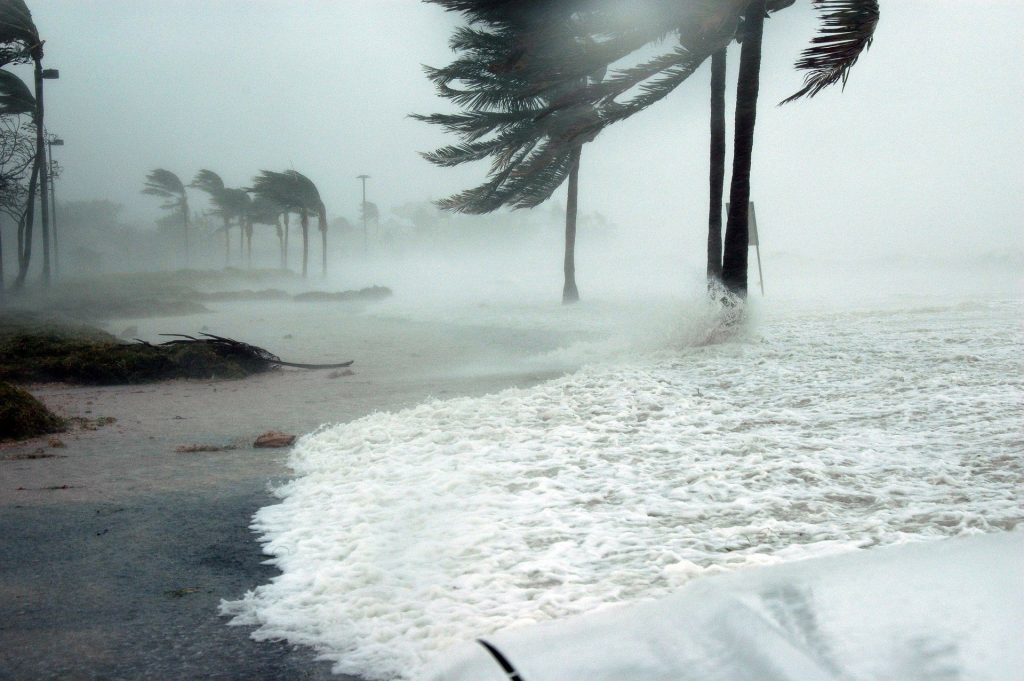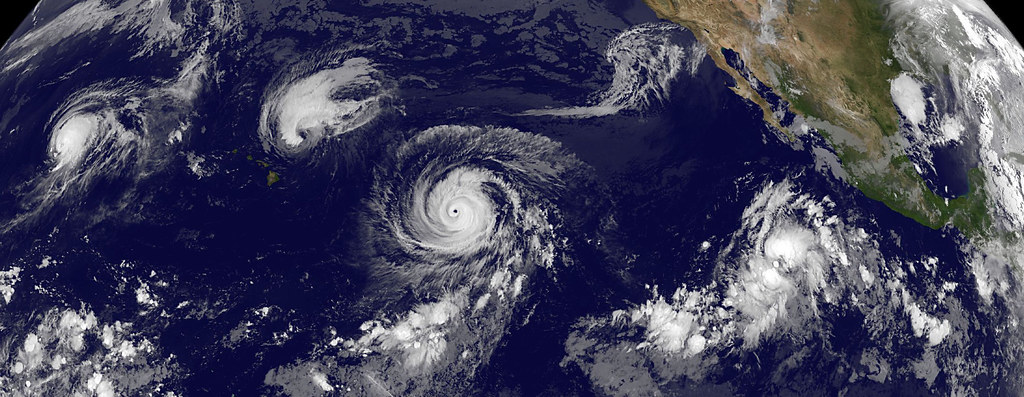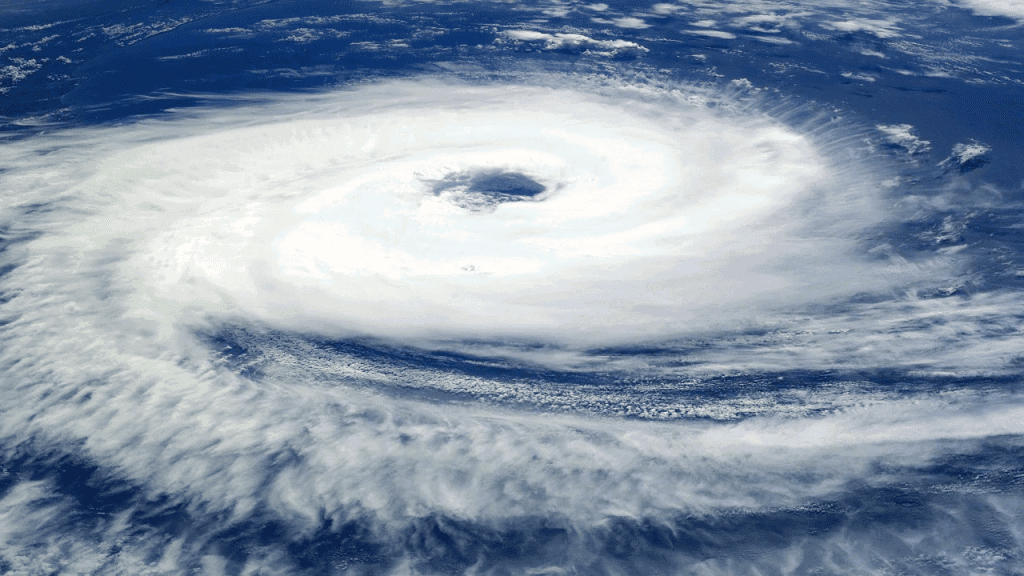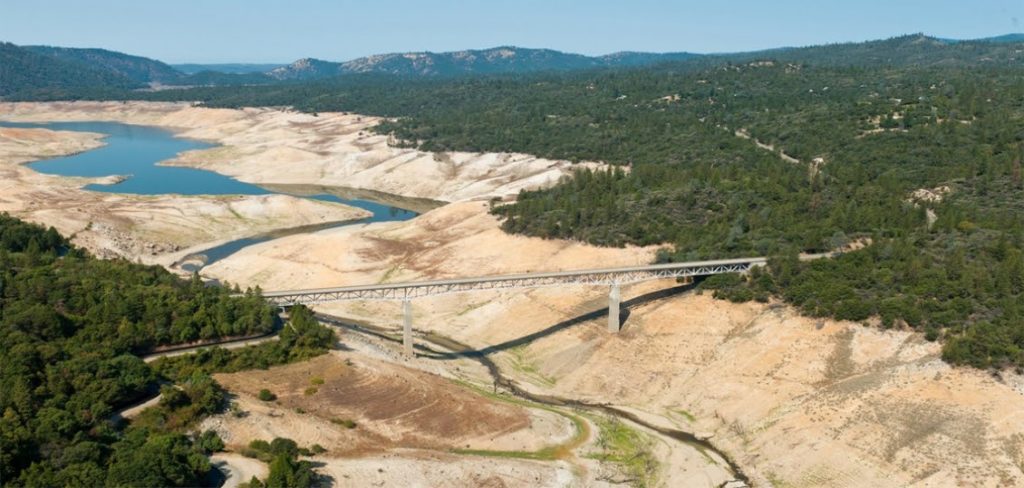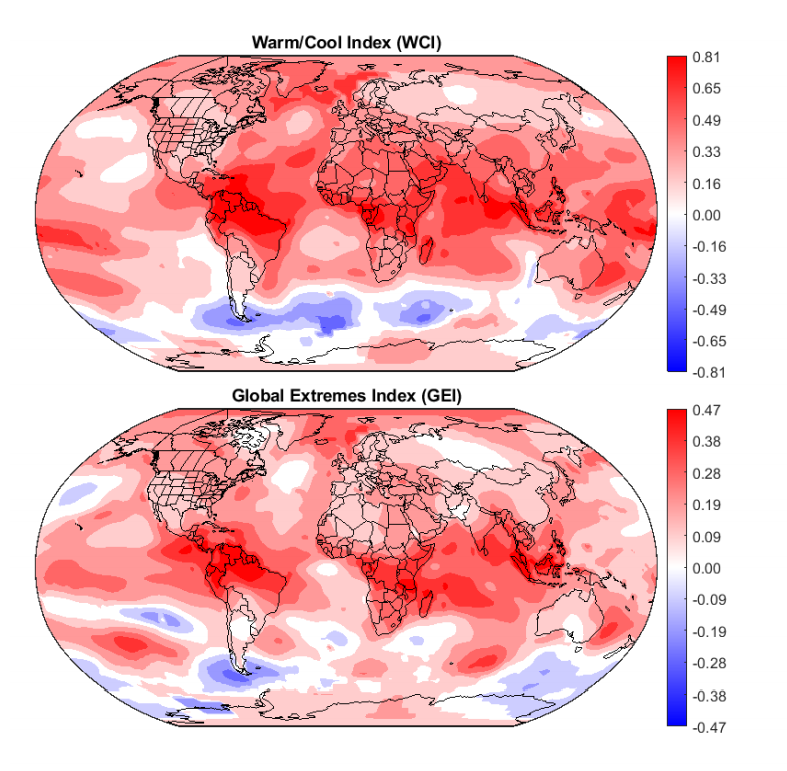Urban Heat Case Study Demonstrates Impacts of Vegetation in Bengaluru, India
The study focuses on investigating the controlling factors of urban heat in Bengaluru, India and showcases multiple methods of urban heat analysis.
Urban Heat Case Study Demonstrates Impacts of Vegetation in Bengaluru, India Read More »



